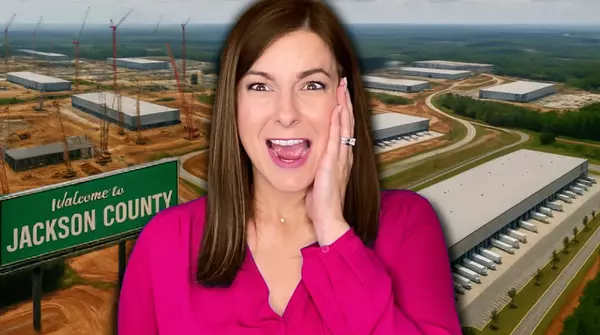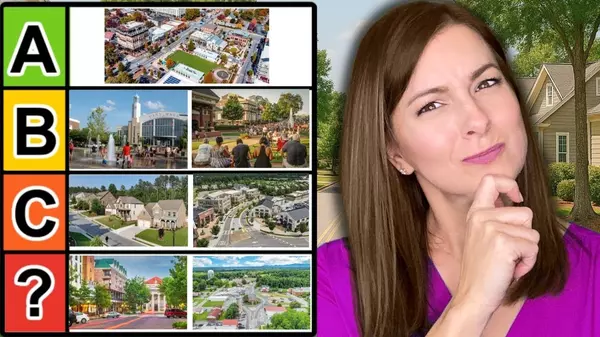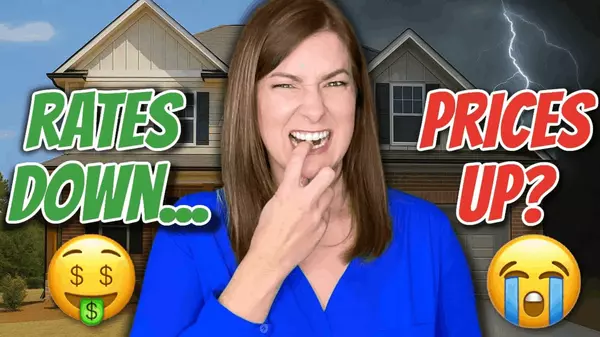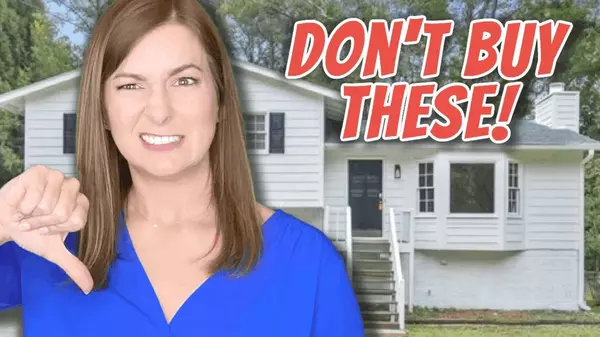Building a custom home is an exciting and intricate process that allows you to tailor every aspect of your home to your preferences. This guide will walk you through the various stages and considerations involved in building a custom home.
1. Understanding Custom Home Options
There are several ways to build a new home, ranging from fully custom-built homes to predesigned floor plans:
-
Spec Homes: These are homes built by developers without a specific buyer in mind. You can buy these homes during construction or once they are completed. Spec homes offer little to no customization.
-
Semi-Custom Homes: In some neighborhoods, you can choose a lot and make various design selections such as flooring, cabinets, and upgrades. This option offers more customization than spec homes. Builders like Toll Brothers and certain 55+ communities typically offer these semi-custom options.
-
Fully Custom Homes: This involves finding a piece of land and working with an architect and builder to create a home designed entirely to your specifications. This is the most personalized but also the most complex and expensive option.
2. Financial Considerations
Building a custom home involves several financial aspects:
-
Design Deposits: When working with a builder who allows design selections, expect to pay a nonrefundable deposit for your choices. This deposit can range from 10% to 50% of the design costs and ensures that the builder is not left with a highly personalized home if you back out.
-
Land Costs: Finding affordable land, especially in developed areas, can be challenging and costly. In more rural areas, land is cheaper but may not offer the desired proximity to amenities.
-
Construction Loans: Financing for custom homes often involves a combination of loans for the land and construction. Some lenders offer a single loan that covers both, simplifying the process.
3. Finding Land
Locating a suitable piece of land is a critical step. In highly developed areas, available land is scarce and expensive. Builders often buy prime lots, making it tough for individual buyers to find affordable parcels. Consider more rural areas if you have a tighter budget. Be prepared for additional costs if the land is difficult to build on due to terrain or other factors.
4. Working with Builders and Architects
Once you have land, you'll need to find a builder and possibly an architect:
-
Selecting a Builder: Choose a builder experienced in the type of home you want. Builders who specialize in custom homes will work closely with you to design a home that meets your needs and fits your budget.
-
Architectural Plans: Custom homes require detailed plans. An architect or design engineer can create these plans based on your input and the builder's specifications. This step is crucial for ensuring that the home is feasible to build on your chosen land.
5. Design and Customization
Customization involves numerous decisions:
-
Interior and Exterior Design: From the floor plan to the finishes, every detail can be tailored to your preferences. This includes selecting materials, fixtures, and colors.
-
Regulatory Compliance: Your builder will help ensure that your home design complies with local building codes and regulations. This includes obtaining necessary permits and adhering to architectural guidelines, especially if building in a neighborhood with an HOA.
6. Building the Home
The construction phase typically takes about a year but can vary based on the complexity of the design and other factors. Builders generally manage the construction process, coordinating subcontractors, ordering materials, and ensuring that the project stays on schedule and within budget.
7. Final Steps and Moving In
As the home nears completion, there will be final inspections and walkthroughs to ensure everything is built to specifications. Any issues found during these inspections should be addressed before closing. Once everything is finalized, you'll close on the home, and the design deposit you paid earlier will be credited toward the total cost.
KeyPoint
Building a custom home is a comprehensive process that offers the ultimate in personalization and satisfaction. While it can be more expensive and complex than purchasing a pre-built home, the result is a home that perfectly fits your lifestyle and preferences. If you're considering this route, partnering with experienced professionals and conducting thorough research will help you navigate the process successfully. If you're planning to build a custom home in Georgia, I'm here to guide you every step of the way. Reach out for more information and assistance.











